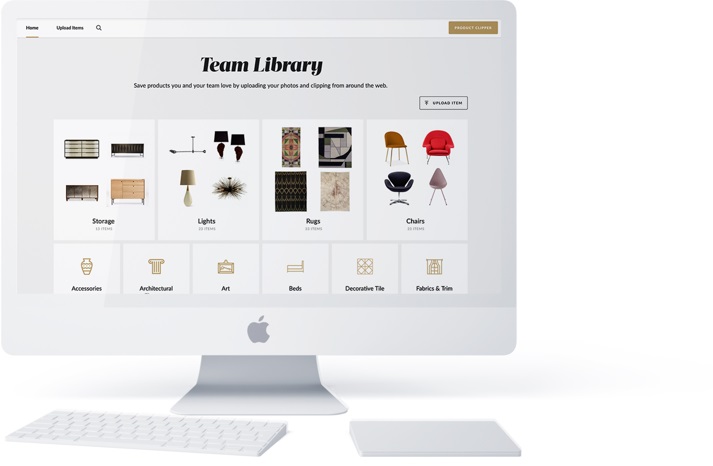As an interior designer, you’re not just a creative professional but also a business owner. This means you need to understand the financial aspects of running a business, including tax obligations. This article will provide an overview of the tax obligations you need to be aware of when running an interior design business.
Types of Taxes for Interior Design Businesses
There are several types of taxes that interior design businesses typically need to pay:
- Income Tax: This is a tax on the profits your business makes. It’s calculated by subtracting your business expenses from your total revenue.
- Sales Tax: If you sell goods to your clients, you may need to collect sales tax. The rules for sales tax vary by state, so it’s important to understand the regulations in your area.
- Payroll Tax: If you have employees, you’ll need to pay payroll taxes. These include Social Security and Medicare taxes.
- Estimated Taxes: If you’re self-employed, you’ll likely need to pay estimated taxes. These are paid quarterly and include both income tax and self-employment tax.
Tax Deductions for Interior Design Businesses
There are several tax deductions that interior design businesses may qualify for. These can reduce your taxable income and potentially lower your tax bill. Some common deductions include:
- Office Supplies: Most of the equipment, software, and other materials you use to operate your business are eligible for deductions.
- Professional Development: Costs associated with professional development events or workshops related to the industry are tax-deductible.
- Rent: If you rent a workspace, you can deduct the cost of your rent.
- Vehicle Use: If you use your vehicle for business purposes, you can deduct a portion of the costs.
Preparing for Tax Season
Preparing for tax season can be a daunting task, but with the right approach, it can be manageable. Here are some tips to help you prepare:
- Keep Accurate Records: Accurate record-keeping is crucial for easing the process of filing tax forms. Keep track of all your income and expenses throughout the year.
- Hire a Professional: If you’re unsure about how to manage your taxes, consider hiring a tax professional. They can help you understand your tax obligations and ensure you’re taking advantage of all possible deductions.
- Use Accounting Software: Accounting software can help you keep track of your finances and make tax time easier.
Understanding your tax obligations is a crucial part of running a successful interior design business. By staying informed and preparing ahead of time, you can navigate tax season with confidence.
FAQs:
- What are the obligations of an interior designer? The obligations of an interior designer include creating design plans, sourcing materials, coordinating with contractors, and managing project timelines. They also have financial obligations such as paying taxes and managing business expenses.
- Is interior design tax deductible? Certain expenses related to running an interior design business are tax-deductible. These can include office supplies, professional development costs, rent, and vehicle use.
- What is the profit margin for an interior design business? The profit margin for an interior design business can vary widely depending on factors such as location, clientele, and the designer’s experience level.
- How do I fund my interior design business? Funding an interior design business can be done through personal savings, loans, investor funding, or revenue from services.


